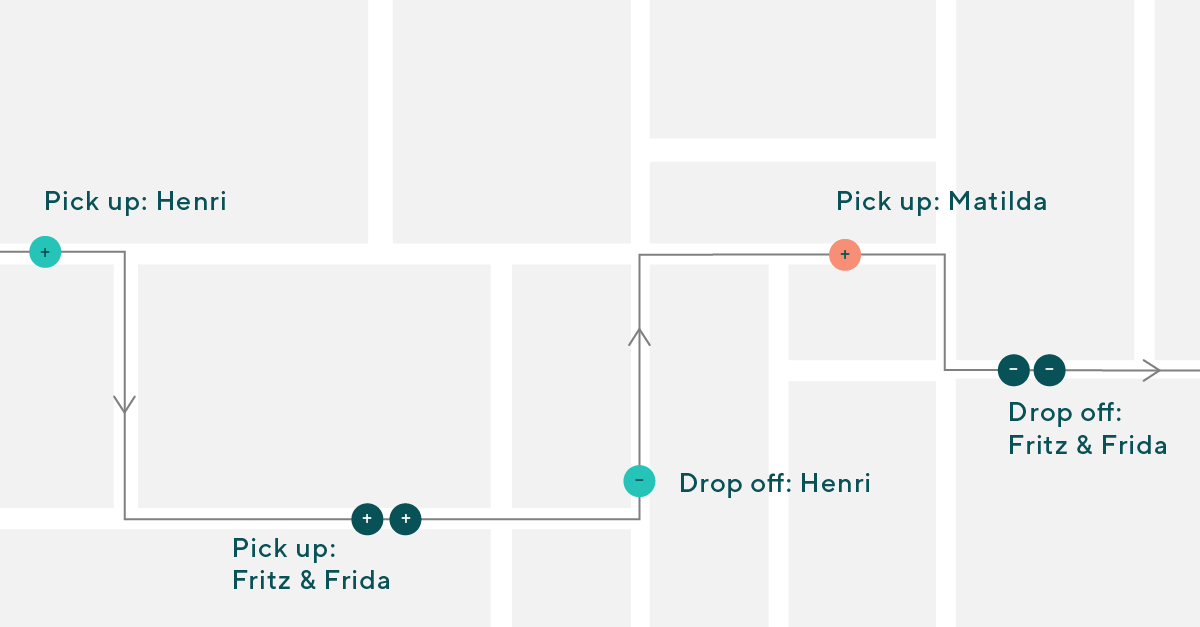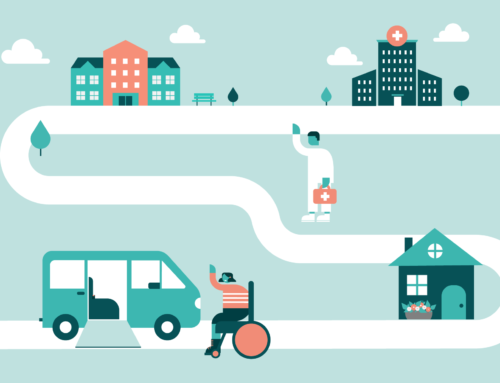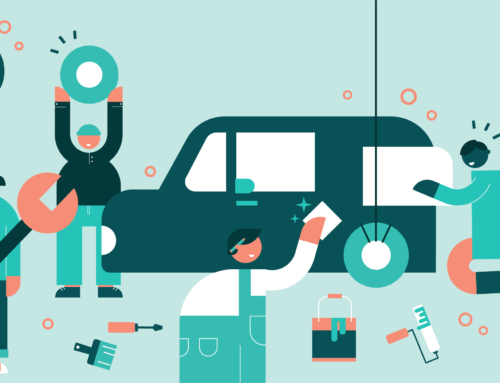What does ridepooling mean, anyway? And how does it work? We’ve compiled and explained the most important terms.
Carsharing vs. ridesharing vs. ridepooling
Carsharing, ridesharing, ridepooling — what’s the difference?
With carsharing, cars provided by a platform can be used as needed, and billing is usually carried out via the app per kilometre or minute. Ridesharing — in contrast to taxis — is the use of one’s own car for a ride service. Examples here include Uber and Lyft.
Ridepooling differs from these forms in that several passengers can be transported together in one vehicle, and do not need to have the same pick-up point or the same destination. This form of modern transportation not only saves resources and reduces emissions, but can also be integrated within the public transport network. Minibuses are often used which, in contrast to regular bus services, pick up passengers either from their homes or from what are known as “virtual stops” and take them to the destination of their choice.

Virtual stops
Unlike a “normal” bus stop, a virtual stop doesn’t have a fixed sign, bench or roof. It only exists in the data system.
Virtual stops make it easier for the algorithm to match passengers on a trip, because they are created in addition to existing “real” stops in order to be able to pick up and drop off passengers in defined places in the operating area. These stops are usually distributed so that they are easy to find, within easy walking distance of the passenger’s origin. door2door’s ridepooling algorithm makes it possible to efficiently pool passengers with individual starting points and destinations.
Ridepooling algorithm
Our algorithm is the heart of our ridepooling solutions, as it enables efficient transportation of multiple passengers without long waits or detour times. The passenger is assigned to a free vehicle by the system, and at the same time, similar requests coming in via the app are checked.

If several people would like to go in the same direction and can be transported without a long wait or major detours, the algorithm assigns them to the same trip. The driver is then sent a notification to pick up further passengers. Working in the background, the system minimizes the total time needed to transport all passengers to their destinations. This works according to the following principle:
When a user searches for a ride, the algorithm checks all possible factors to select the optimal scenario for all passengers, i.e. the one with the lowest total time required to transport all passengers to their destination. It reshuffles the requests until it finds the optimal scenario.
Dispatching
In addition to fully automated booking through the algorithm, another part to ridepooling still requires manual planning. Dispatchers, working in the transport company’s control centre, keep track of the entire fleet during their shift, coordinating adjustments and ensuring that everything runs smoothly. Via the Operations Management tool, they are alerted about any issues in real time and can easily connect with the drivers.
Telephone Booking Service
At door2door, we want to make mobility as accessible as possible. This includes not only providing ramps and wheelchair spaces for people with limited mobility in our vehicles, but also offering passengers who are less familiar with the internet the opportunity to use the ridepooling service as well. Therefore, with our systems, it is also possible to book the shuttle service over the phone. An example of this is the kvfgOF Hopper, which has been on the streets since this year.
Shared taxis
Shared taxis and call-a-bus services are the precursors to digital ridepooling offers. The demand-based system is used where demand for a traditional fixed line is low or the regular route network is insufficient. A call is made to book a ride at a specific time so that transportation is provided only when needed.
Ridepooling services are more digitalized and more efficient versions of the classic shared taxi, as they analyze demand and the resulting need and pool trips in such a way that no unnecessary detours or duplication of routes are required.
On-demand
Ridepooling services are usually demand-based offerings that are not available continuously, but are only used when there is a need for additional transport. These are, for example, evening and night services, but also connections to rural and suburban areas where the transport network is inadequately developed.
Multimodality
The term multimodality refers to the possibilities of using different means of transport for a trip. For example, car, metro, bus or a ridepooling service can be used to get from point A to point B. Our multimodal route planner calculates the most efficient trip among all the transport modes and then suggests the best route. In Duisburg, passengers can use the myDVG multimodal app created by door2door to compare all available modes of transport in real time at a glance and buy tickets directly in the app. myDVG includes the modes bus, train, myBUS, bike-share and taxi.
Our dynamic pricing system, which can optionally be used for ridepooling offers, is also based on the principle of multimodality. If public transport is available that is comparably fast or faster than the ridepooling offer, then ridepooling will be priced more expensively. If not, it will be offered at the same conditions as a normal bus ride. This prevents cannibalization of the traditional forms of public transport.

Motorized private transport
Motorized private transport refers to means of transport that have an engine and often carry only one person. It can be statistically proven that private cars are often only used by one person, even for regular routes, because carpooling is perceived as inconvenient or cannot be easily arranged. Ridepooling is a sustainable alternative to motorized private transport because several passengers are transported at once. This replaces a large number of cars that would otherwise have each carried one person on the same route. A reduction in private cars has a positive impact on air quality and allows residents to reclaim more living space.


